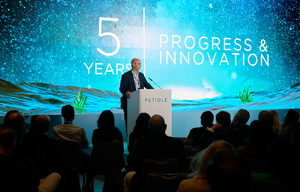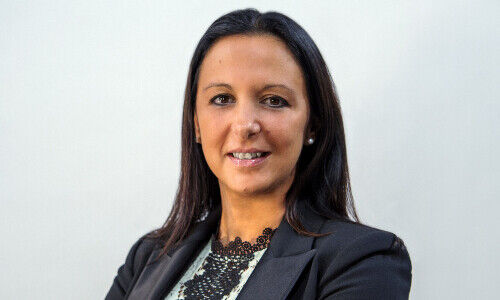The boom in private debt investing isn't without its perils, as Greensill illustrates. Hedge fund advisor Patrick Ghali on where investors can find more robust, less risky investments instead.
Swiss investors are facing the unenviable conundrum of how to generate an acceptable rate of return to cover their liabilities in an environment of negative interest rates and seemingly never-ending liquidity.
Approximately $18 trillion of debt globally is now trading at negative yields, good for almost 30 percent of the world’s investment grade debt. For institutional investors in Switzerland that need seemingly safe – and low volatility – returns, this situation is exacerbated further as many are neither willing, nor able, to increase their equity/beta allocations to achieve their return targets.
Greensill: A Replay?
With the traditional 60/40 model no longer working, many investors have chosen direct or private lending strategies instead. These promise steady and seemingly safe returns with low volatility.
The experiences of 2008/09, and the many problems these strategies faced during that period – especially once the liquidity train had stopped – should give investors pause. The current situation with Greensill is in many ways reminiscent of these problems and feels very much like a replay of the same situation with different actors.
Pushing The Limits
While some funds have robust underwriting, teams of experienced professionals, loan to value ratios that make sense, and liquidity terms that match their portfolios, others clearly are trying to capitalize on the current need for yield and are pushing the limits of what should be considered prudent.
We therefore think that Greensill could be the tip of the iceberg when it comes to potential additional problems. What other alternatives exist, then, to generate acceptable, positive returns without hard-to-quantify risks?
Avoiding Risks
For those Swiss investors not willing or able to lock up capital, with a preference for objective, real-time pricing, and that are uncomfortable with the different sets of risks in private debt or lending funds, there are liquid alternatives without the need to be exposed to traditional equity, fixed income, and credit risks.
One such alternative is to compose portfolios of products offering daily liquidity – such as UCITs funds, managed accounts, alternative risk premia products, and so on. These employ strategies that exhibit low correlation to markets, avoid the aforementioned traditional exposures, and, by construction and asset strategy and selection, provide good upside convexity during periods of crisis.
Idiosyncratic Returns
Specific strategies to consider are macro, with additional geographic specialists included; dynamic protection in the form of relative value volatility, and gold and treasury focused strategies; systematic, including traditional trend following, mean reverting and newer 2.0 strategies that include components of machine learning and artificial intelligence.
This approach is not reliant on further spread compression, or equity markets continuing their bull run; rather, it aims to generate much more idiosyncratic, less market direction-dependant returns, and hence provide more durability and «all weather» exposure. Such a portfolio should initially be constructed top down, by identifying a range of historically uncorrelated strategies, and specific assets to be traded in those strategies.
Trading Off Return
Its construction should be an ongoing exercise and the portfolio should be adjusted as new opportunities and risks arise. Investors should consider cost carefully, to ensure no overpayment for relatively replicable risk premia.
The liquidity we well as daily pricing of these portfolios means they will not be free of volatility (neither are liquid fixed income portfolios). However, if constructed properly, these portfolios should not only exhibit low volatility but also low correlation to traditional markets.
This approach provides investors with an alternative to the current conundrum, and perhaps a better option than locking up their capital for extended periods of time as a trade-off for return.
Patrick Ghali is managing partner and co-founder of Sussex Partners, a London-based adviser for hedge fund investments. Previously, Ghali worked for Bear Stearns in London, where he helped up private banking activities. Ghali a board director at Alpinum Investment Management, an alternative investment adviser, until recently.



































